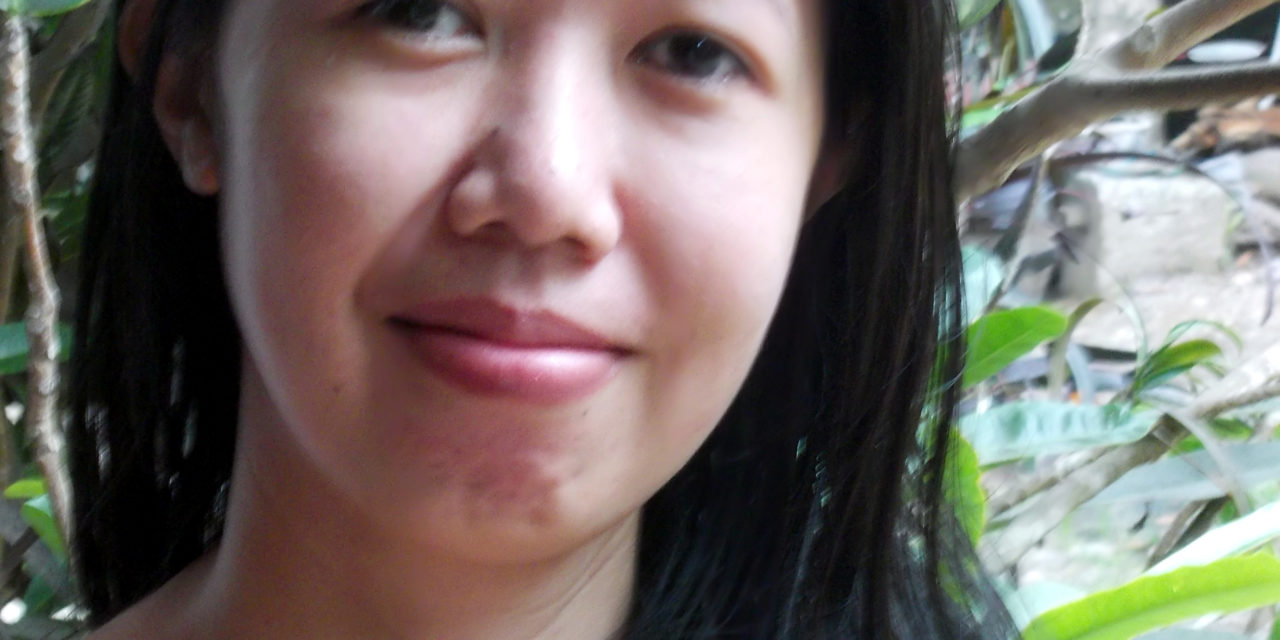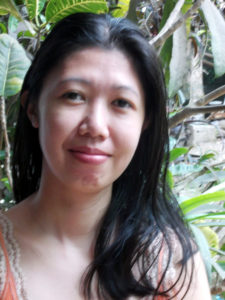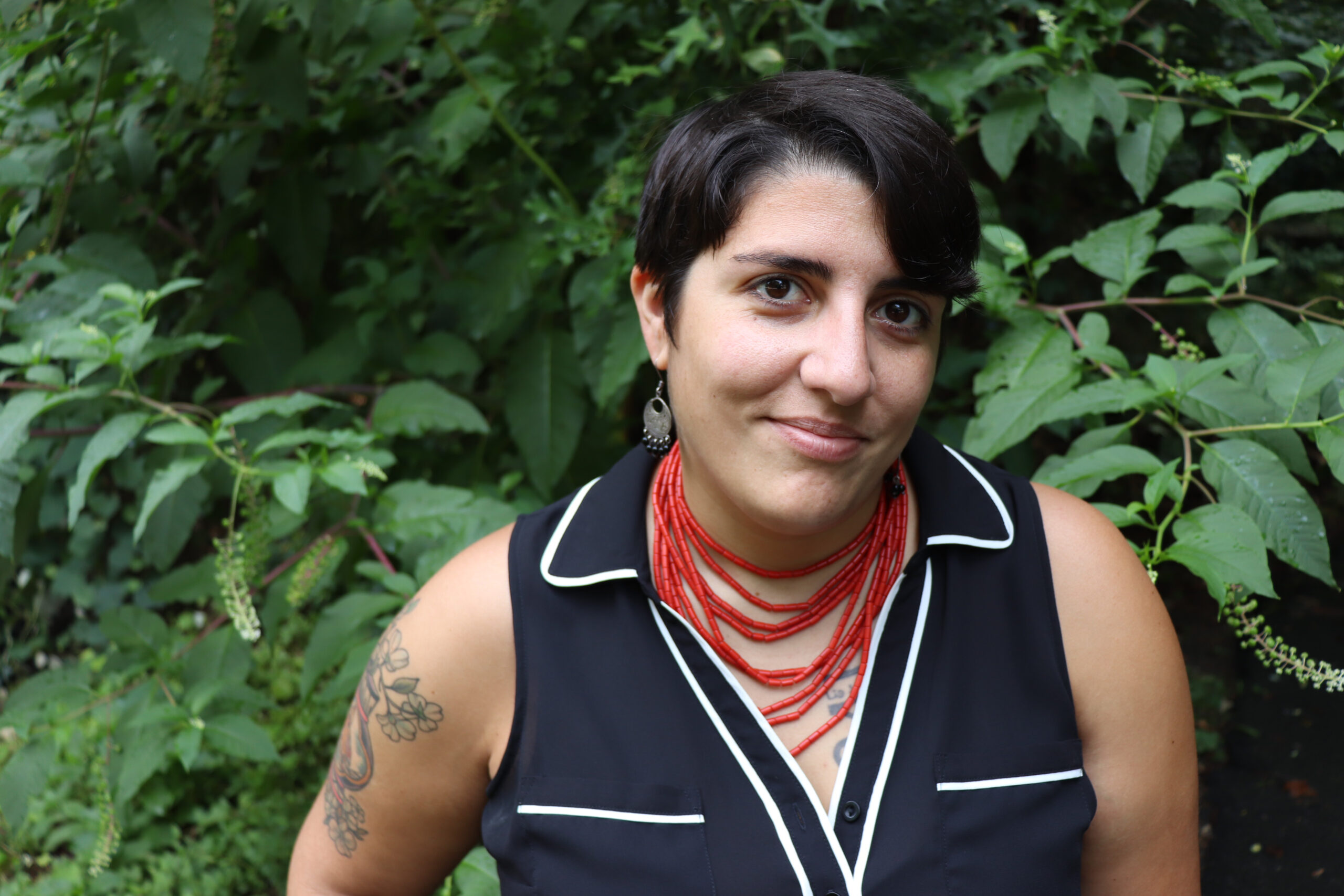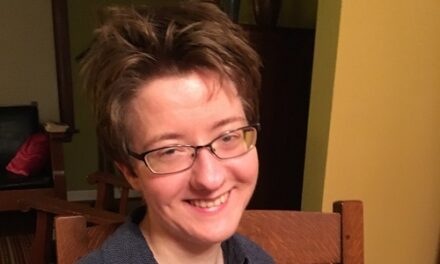Assistant Editor Molly Reid: In Kristine Ong Muslim’s devastating piece, she doesn’t allow the reader to look away, and what she shows us—a timeline of human “advancement,” from early hominids to our eminent extinction—is part-history lesson, part-prophesy, and all gut-punch stunning. In her own words, “Holocene: Microfilm Reel 82” is “a conceptual piece, a recitation of historical facts, possibilities, and improbabilities—woven in such a way that they elicit digital distrust, thus evoking a critical period in the era of fake news when machine-learning capability for recognizing fake content gets overwhelmed by the rapid spread of digital misinformation and social media’s curated reality.” This piece is a nested text in Kristine Ong Muslim’s in-progress manuscript, a linked short story collection entitled The Completeness Theorem.
Holocene: Microfilm Reel 82
By Kristine Ong Muslim
See the first Homo sapiens live alongside Neanderthals in areas later known as Syria, Lebanon, Turkey, and Israel. See how the exact reason for Neanderthal extinction is still not yet known, how sometime later Homo sapiens begin to have elaborate rituals for burying their dead. See Mary Leaky find footprints in Tanzania, proof that early hominids walked erect on two legs. See Heron of Alexandria invent the steam engine and write the first known book about robots. See Apollonius of Perga devise the mathematics of conical sections for use by Johannes Kepler eighteen centuries later. See Buzz Aldrin talk about the issue of inertia while on the moon, saying “I had to plan ahead several steps to bring myself to a stop or to turn without falling.” See the docile birds, a gannet and a tern, that Charles Darwin discovered in St. Paul’s. See Gregor Mendel in the monastery garden as he tends to his cross-pollinated hybrid peas, the male flowering parts of which have been excised to prevent self-pollination; it won’t be long until he observes a familiar pattern emerge. See Darwin scrutinize barnacles for two-and-a-half hours every day for eight years—a routine that becomes so thoroughly ingrained in the minds of his children that they believe this is what men do, and so they ask kids in another household, “When does your father do his barnacles?” See part-time lab worker Alfred Sturtevant map out the distances between genes, laying out a scale for fruit flies’ chromosome number 2: There’s the gene for purple eyes, for short legs, for bent wings. See the stunned expression on the face of the first reviewer for Watson and Crick’s historic one-page paper detailing the spiral-staircase structure of DNA. See the court martial of Cpl. John Mayfield and Cpl. Joseph Vlacovsky, the Marines who refuse to give DNA samples, arguing that doing so is an invasion of their privacy. See Alfred Nobel accidentally stabilize nitroglycerin with cellulose. See a close-up of human skin with chemical burns and huge blisters produced by exposure to mustard gas. See Albert Einstein talk about nuclear fission in his letter to President Roosevelt, kicking off the Manhattan Project. See Little Boy on its way to Hiroshima. See the five firemen who died within thirty-six hours of preventing more catastrophic effects of the meltdown at Chernobyl nuclear reactor Unit 4. See Heinrich Himmler bite into a cyanide pill just before his interrogation; his right hand is no longer shaking. See the court stenographer in one of the thirteen Nuremberg trials keep a straight face while typing a testimony describing human bodies being dragged from a gas chamber. See into the room-size vault where the stolen gold bars of the Marcoses are kept, lit by a lone 10-watt bulb. See the Tagbanuwa tribe drive away Mrs. Teo, who wants to build a SpongeBob theme park on their coral reef. See the Subanon tribe mourn the destruction of their sacred ground, Mount Canatuan, during the gold rush. See the human zoo in Coney Island, the cage labeled “savages.” See Harriet Hemenway and Minna Hall, among the first refusing to wear plumed hats, file a petition in Boston to prevent the extinction of birds from unregulated hunting. See Jill Robinson in Sichuan province as she pleads for the lives of moon bears. See the Stetson family, one of them holding a selfie stick, pose with a lolling, drugged tiger seven months away from liver failure after repeated injections of sedatives. See the orcas of SeaWorld slowly driven to insanity by the stress of captivity. See the orcas of SeaWorld attack people when their counterparts in the wild have never done so. See the incinerator ash that used to be the bodies of people stricken by a deadly pithovirus strain, which lay dormant for thousands of years until the thawing Siberian permafrost uncovered it. See into the ward where the index cases of superbug 01588:H90 wait out their eventual deaths. See the calm after the great flood of September 18, 2080. See the world no longer sullied by your presence.
Kristine Ong Muslim is the author of eight books of fiction and poetry, including Age of Blight (Unnamed Press, 2016), Butterfly Dream (Snuggly Books, 2016), Meditations of a Beast (Cornerstone Press, 2016), and Black Arcadia (University of the Philippines Press, 2017). She grew up and still lives in southern Philippines.
For more miCRo pieces, CLICK HERE.












